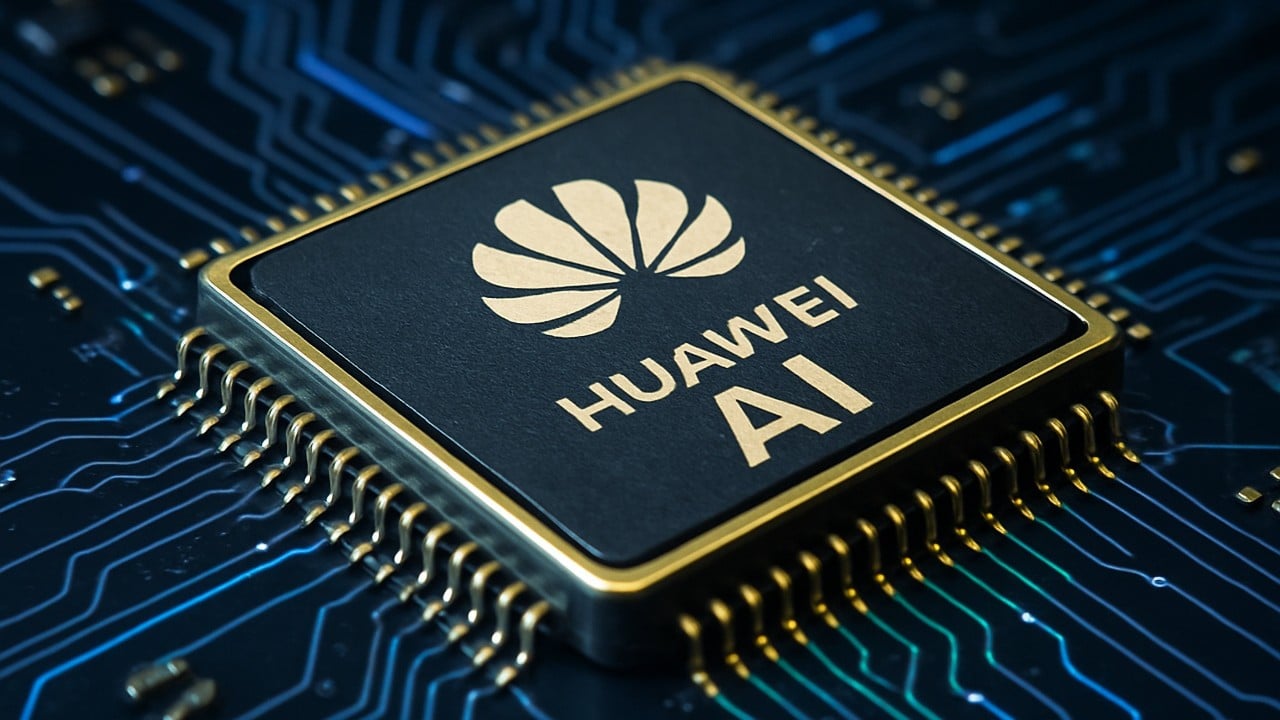Chinese unicorn Z.ai, formerly known as Zhipu AI, has adapted its GLM artificial intelligence models for Huawei Technologies’ semiconductors, bolstering the country’s broad push for technology self-sufficiency.
Advertisement
Beijing-based Z.ai said its GLM models were now compatible with Huawei’s Ascend processors, which are used on AI servers, and Kirin chips that run inside smartphones and laptops, according to the start-up’s statement on Saturday.
“The tie-up marks a major breakthrough in cloud-device collaboration between home-grown large [language] models and computational architecture, highlighting the deeper integration of a domestic AI ecosystem,” Z.ai said in the statement.
Huawei’s collaboration with Z.ai – one of China’s four so-called AI tigers – marks another milestone for the telecommunications equipment giant, days after announcing that it would open-source its Compute Architecture for Neural Networks (CANN) – the software toolkit used to develop applications on the firm’s Ascend AI processors – to provide an alternative platform for developers to build applications on domestic chips.
The open-source approach gives public access to a program’s source code, allowing third-party software developers to share or modify its design, or scale up its capabilities.

CANN competes with Nvidia’s proprietary Compute Unified Device Architecture toolkit, which many Chinese AI developers have used as their default development platform for years amid the broad use of the US firm’s graphics processing units in many data centres.

